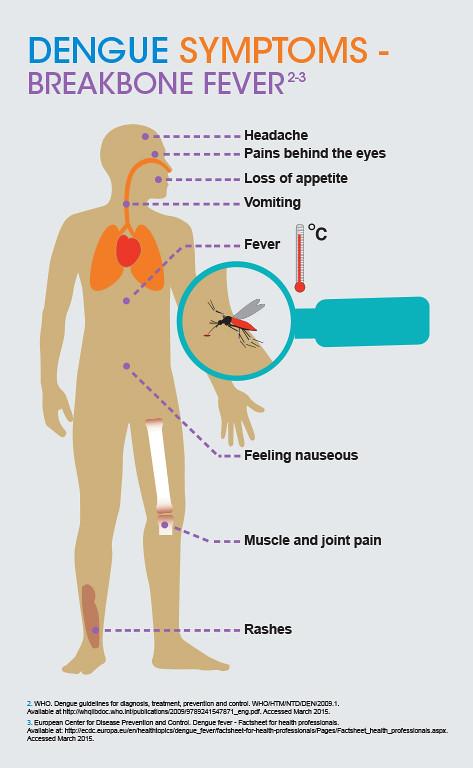
Pancreas divisum is a congenital condition where the pancreas fails to fuse properly during the early stages of development. This can result in an obstruction of the pancreatic ducts, leading to a variety of symptoms and potential complications. It is important to be aware of the symptoms of pancreas divisum in order to seek appropriate medical attention and management.
While some individuals with pancreas divisum may not experience any symptoms, others may suffer from chronic abdominal pain, pancreatitis, and other digestive issues. Understanding the symptoms associated with pancreas divisum can help in identifying and managing the condition effectively.
Abdominal Pain
One of the most common symptoms of pancreas divisum is chronic abdominal pain, typically concentrated in the upper abdomen. This pain may be intermittent or persistent and can range from mild discomfort to severe and debilitating. The pain may worsen after eating or drinking, especially after consuming fatty or spicy foods. It may also be accompanied by bloating, nausea, and vomiting. If you experience recurring abdominal pain, it is important to consult a physician for proper evaluation and diagnosis.
Pancreatitis
Pancreatitis, inflammation of the pancreas, is another potential complication of pancreas divisum. When the pancreatic ducts are obstructed, digestive enzymes produced by the pancreas can become trapped, leading to irritation and inflammation of the pancreatic tissue. This can result in severe abdominal pain, nausea, vomiting, and potentially life-threatening complications. If you experience symptoms of pancreatitis, such as persistent abdominal pain and vomiting, seek immediate medical attention.
Malabsorption
Obstruction of the pancreatic ducts in pancreas divisum can impair the release of digestive enzymes into the intestines, leading to malabsorption of nutrients. This can result in symptoms such as chronic diarrhea, weight loss, and deficiencies in essential vitamins and minerals. Individuals with malabsorption may also experience frequent, foul-smelling stools and a general sense of fatigue and weakness. If you notice persistent digestive issues and unexplained weight loss, consult a healthcare provider for further evaluation.
Jaundice
In some cases, pancreas divisum can lead to the development of jaundice, a yellowing of the skin and eyes caused by the buildup of bilirubin in the bloodstream. Obstruction of the pancreatic ducts can interfere with the flow of bile from the liver to the small intestine, leading to jaundice and darkening of urine. If you notice yellowing of the skin or eyes, it is important to seek medical evaluation to determine the underlying cause and appropriate treatment.
Exocrine Insufficiency
Exocrine insufficiency, or the inadequate production of digestive enzymes by the pancreas, can occur as a result of pancreas divisum. This can lead to difficulties in digesting fats, proteins, and carbohydrates, resulting in symptoms such as steatorrhea (fatty stools), weight loss, and nutritional deficiencies. If you experience persistent digestive issues and malnutrition, it is important to consult a healthcare professional for proper assessment and management.
Recurrent Infections
Individuals with pancreas divisum may be at an increased risk of developing recurrent infections, such as pancreatitis and bacterial infections of the pancreatic tissue. These infections can lead to worsening abdominal pain, fever, chills, and general malaise. If you experience persistent or recurrent infections, seek medical attention to address the underlying cause and prevent further complications.
Unexplained Weight Loss
Unexplained weight loss is a common symptom of pancreas divisum, particularly if it is accompanied by digestive issues and malabsorption. Obstruction of the pancreatic ducts can lead to difficulties in absorbing nutrients from food, resulting in unintentional weight loss. If you notice significant weight loss without changes in diet or exercise, it is important to consult a healthcare provider for proper evaluation and management.
Chronic Digestive Issues
Chronic digestive issues, such as bloating, gas, diarrhea, and abdominal discomfort, can be indicative of underlying pancreatic problems, including pancreas divisum. These symptoms may be particularly pronounced after meals, especially those containing high-fat or spicy foods. If you experience persistent digestive issues, consult a healthcare professional for appropriate assessment and management.
Diagnosis and Evaluation
Diagnosing pancreas divisum typically involves a combination of imaging studies, such as computed tomography (CT) scans, magnetic resonance imaging (MRI), and endoscopic retrograde cholangiopancreatography (ERCP). These tests can help visualize the pancreatic ducts and identify any obstructions or abnormalities. In some cases, additional tests, such as blood work and stool analysis, may be conducted to assess pancreatic function and nutritional status.
Treatment and Management
The management of pancreas divisum focuses on alleviating symptoms, preventing complications, and addressing any underlying pancreatic issues. Treatment may include pain management, dietary modifications, enzyme replacement therapy, and, in severe cases, surgical intervention to address pancreatic duct obstructions. It is important to work closely with healthcare providers to develop a personalized treatment plan that addresses individual needs and concerns.
Conclusion
Understanding the symptoms of pancreas divisum is crucial for early detection, diagnosis, and management of the condition. If you experience chronic abdominal pain, digestive issues, unexplained weight loss, or other concerning symptoms, it is important to seek medical attention for proper evaluation and care. With prompt diagnosis and appropriate treatment, individuals with pancreas divisum can effectively manage their symptoms and improve their overall quality of life.












